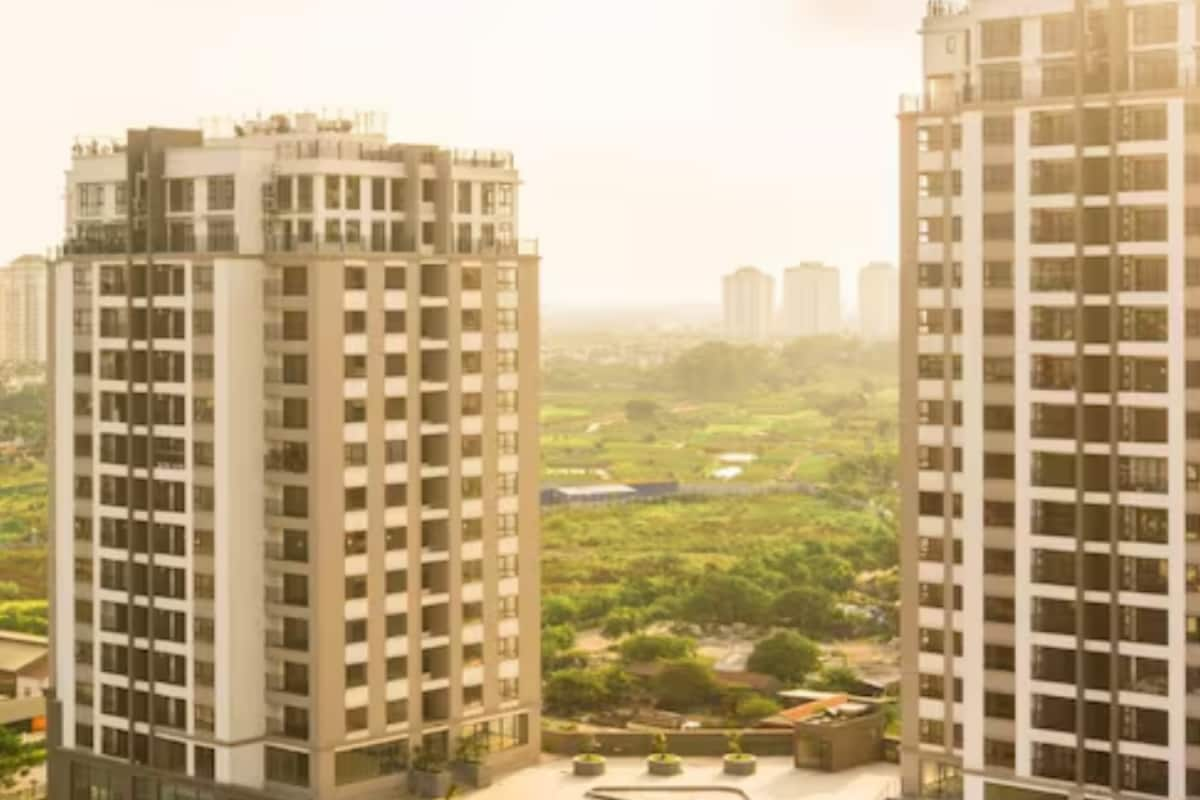The real estate markets in Delhi-NCR and Bengaluru are undergoing a significant transformation, characterized by a rising demand for premium homes and a corresponding decline in the appeal of cheaper flats. This shift is driven by increasing affluence, evolving lifestyle aspirations, and infrastructure developments.
Demand Drivers for Premium Homes
Several factors contribute to the increasing demand for premium homes in Delhi-NCR and Bengaluru:
- Rising Income and Global Exposure: As disposable incomes rise and global exposure increases, homebuyers are seeking residences that offer more than just basic amenities. They desire sophisticated living spaces with comfort and cutting-edge technology.
- Evolving Lifestyles: The growing acceptance of hybrid work environments and a greater focus on health and well-being are driving demand for larger homes with premium amenities.
- Infrastructure Development: Massive infrastructure upgrades, such as the Greater Noida Expressway, Yamuna Expressway, and the proposed metro corridor, are enhancing connectivity and driving demand in previously overlooked areas. Emerging corridors along new expressways are also attracting investors.
- NRI Investments: Non-Resident Indians (NRIs) are increasingly investing in the Indian real estate market, particularly in premium properties.
Shifting Market Dynamics
The increasing demand for premium homes is reshaping the real estate market in Delhi-NCR and Bengaluru:
- Price Appreciation: Property prices in both cities are climbing, with Delhi-NCR recording the sharpest spike at 17% and Bengaluru close behind at 14%. This widespread price growth stems from higher building costs and consistent buyer demand, encouraging developers to launch more premium housing options.
- Dominance of Premium Homes in Sales: Apartments priced above ₹1 crore accounted for 62% of total sales across major cities in the first half of 2025, up from 51% a year ago. This indicates a clear rise in demand for higher-priced homes.
- Decline in Affordable Housing Sales: Housing sales in the affordable segment (homes priced under ₹1 crore) have seen a sharp decline. In the first half of 2025, sales of affordable homes dropped by 32%, reducing their market share to 38%.
- Increased Launches of Premium Projects: Developers are increasingly focusing on launching premium projects to cater to the rising demand. New launches of ₹1 crore-plus homes rose by 110% in the first half of 2025.
- Luxury Hotspots: Areas such as Sector 143, Sector 150, Wave City, and regions surrounding the Yamuna Expressway are witnessing heightened investor interest due to their strategic location and seamless connectivity. Whitefield and Sarjapur Road in Bengaluru are also experiencing an increase in prices and have promising growth prospects.
Factors Driving Growth in Bengaluru
Bangalore's real estate market is also influenced by the following factors:
- Ongoing infrastructure projects like Metro Phase 2 and 3 will improve the travel network.
- The city's IT hubs continue to attract IT professionals, increasing the demand for housing spaces.
- Areas like Whitefield and Sarjapur Road are growing areas with increased prices and promising growth prospects.
- The demand for elevated living is evident in neighborhoods such as Sarjapur Road, Hosur Road and North Bangalore.
Challenges and Considerations
While the demand for premium homes is on the rise, potential challenges and considerations remain:
- Affordability: Rising property prices are making it increasingly difficult for middle-class families to afford homes in major cities.
- Job Security: Job insecurity, particularly in the IT sector, can dampen buyer sentiment and lead to a slowdown in sales.
- Regional Disparities: Growth is uneven within Delhi-NCR, with Gurgaon/Gurugram being the clear hotspot. Buyers looking for value may explore emerging suburbs, considering connectivity and future infrastructure.
Future Outlook
The real estate markets in Delhi-NCR and Bengaluru are expected to continue evolving, with a sustained focus on premium housing. Infrastructure development, technological advancements, and evolving buyer preferences will shape the market. While affordable housing options may become more limited in prime locations, opportunities may still exist in emerging suburbs and Tier-2 cities.

